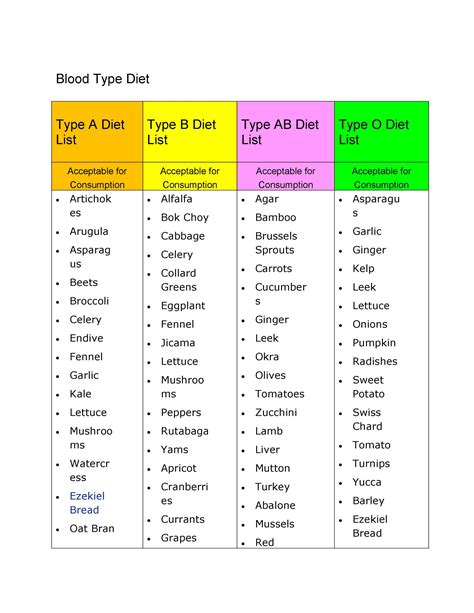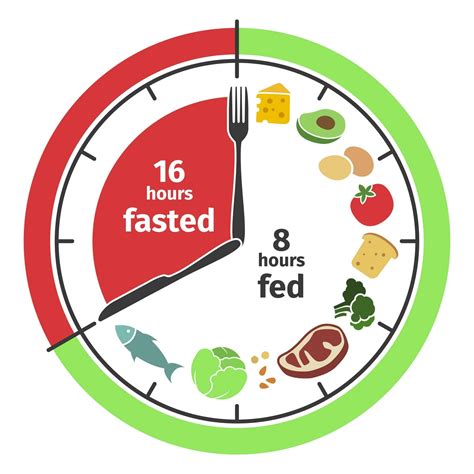Learn the benefits of elimination diet and how to identify food sensitivities. Discover the process of elimination and reintroduction of foods.
Introduction to Elimination Diet
Contents
An elimination diet is a short-term eating plan that eliminates certain foods from your diet that you suspect may be causing allergies or sensitivities. This can include common allergens such as dairy, wheat, soy, and nuts. The purpose of an elimination diet is to identify and eliminate foods that may be causing unwanted symptoms, such as digestive issues, skin rashes, or headaches. By eliminating these foods for a period of time, and then gradually reintroducing them, you can determine which foods are problematic for you.
During the elimination phase, you will need to carefully read food labels and avoid any foods that may contain the allergens you are avoiding. This can be challenging, as many processed foods contain hidden allergens. However, by planning your meals and preparing your own food, you can successfully navigate the elimination phase and determine which foods are triggers for your symptoms.
Once you have successfully completed the elimination phase and identified your trigger foods, you can begin the process of reintroducing these foods one at a time. This involves adding a small amount of the eliminated food back into your diet and monitoring your body’s response. If you experience no adverse reactions, you can continue to eat that particular food. If symptoms return, it’s best to avoid that food in the future.
The benefits of an elimination diet are numerous. By identifying and eliminating trigger foods, you can experience relief from chronic symptoms and improve your overall health. It can also help you gain a better understanding of how certain foods affect your body, leading to more informed dietary choices in the future.
Identifying Food Sensitivities
Identifying food sensitivities can be a challenging process, but it is an important step in managing your health and well-being. Food sensitivities occur when your body has a negative reaction to certain foods, which can lead to a variety of symptoms such as digestive issues, skin problems, headaches, and fatigue. If you suspect that you may have food sensitivities, it is crucial to take the necessary steps to identify the problematic foods.
One method for identifying food sensitivities is to keep a food diary. Write down everything you eat and drink, as well as any symptoms you experience. Over time, patterns may emerge that can help you pinpoint which foods are causing issues. You may also consider working with a healthcare professional to undergo food sensitivity testing. This can involve blood tests, skin prick tests, or elimination diets to determine which foods are triggering your symptoms.
Another approach to identifying food sensitivities is to consider the common culprits. Certain foods are more likely to cause sensitivities, such as dairy, gluten, soy, eggs, and nuts. By eliminating these foods from your diet for a period of time and then reintroducing them one by one, you can observe how your body reacts and identify any potential sensitivities.
It’s important to approach the process of identifying food sensitivities with patience and diligence. Keep in mind that reactions may not be immediate, so it may take some time to accurately determine which foods are causing your symptoms. By taking the time to identify food sensitivities, you can make informed decisions about your diet and ultimately improve your overall health and well-being.
Elimination Phase
An Elimination Diet is a comprehensive approach to identifying food sensitivities, and the Elimination Phase is a crucial part of the process. During this phase, individuals eliminate common trigger foods from their diet for a specific period of time, typically 2-6 weeks. This is done to allow the body to clear out any potential allergens or irritants, and to reset the system. The main goal of the Elimination Phase is to alleviate symptoms and determine which foods may be causing adverse reactions.
Those undergoing the Elimination Phase are advised to eliminate known allergens such as gluten, dairy, soy, eggs, nuts, and shellfish, as well as other potential triggers such as corn, caffeine, and nightshade vegetables. It’s important to carefully read food labels and be mindful of hidden sources of these ingredients in processed and packaged foods. The diet during this phase typically consists of whole, unprocessed foods such as fruits, vegetables, lean proteins, and gluten-free grains.
As the body clears out potential irritants, individuals may experience a variety of symptoms such as headaches, fatigue, digestive disturbances, and skin issues. This is commonly referred to as a detox phase, and while it can be challenging, it is a necessary part of the process. It’s important to stay well-hydrated, get plenty of rest, and practice self-care during this time to support the body in its detoxification efforts.
Furthermore, the Elimination Phase is not just about eliminating foods, but also about observing and documenting any changes in symptoms, energy levels, and overall well-being. Keeping a food diary can be incredibly helpful in tracking any improvements or reactions that occur during this time. It’s important to approach this phase with patience and diligence, as the results can provide valuable insight into one’s individual dietary needs.
Overall, the Elimination Phase of an Elimination Diet serves as a foundational step in the process of identifying and addressing food sensitivities. While it requires dedication and perseverance, the potential benefits of uncovering trigger foods and improving overall health make it a worthwhile endeavor.
Reintroduction of Foods
What is Elimination Diet? Reintroduction of Foods
The reintroduction phase is an important part of the elimination diet process, as it allows you to determine which specific foods are causing your symptoms. After following a strict elimination diet for a period of time, you can gradually reintroduce different foods one at a time to see how your body reacts.
It’s essential to carefully monitor your body’s response during this phase, keeping track of any symptoms that may arise after reintroducing a particular food. This can help you pinpoint the specific food sensitivities that are triggering your symptoms, allowing you to make informed decisions about your diet moving forward.
During the reintroduction phase, it’s important to reintroduce foods systematically, starting with small portions and gradually increasing the amount over time. This can help you identify any adverse reactions more easily and prevent overwhelming your system with too many new foods at once.
- Step 1: Reintroduce one food at a time, waiting at least 3 days before introducing another food.
- Step 2: Start with a small portion of the food, gradually increasing the amount over the course of a few days.
- Step 3: Keep a food diary to track any symptoms or reactions that occur after reintroducing a specific food.
By following a structured approach to the reintroduction phase of the elimination diet, you can gain valuable insights into how your body responds to different foods and make more informed choices about your diet to support your overall health and well-being.
Benefits of Elimination Diet
One of the main benefits of an elimination diet is that it can help individuals identify and eliminate food sensitivities that may be causing a range of health issues. By removing certain foods from the diet for a period of time and then slowly reintroducing them, individuals can pinpoint which foods are triggering negative symptoms such as headaches, bloating, skin issues, and digestive problems.
Another benefit of an elimination diet is that it can help improve overall gut health. By eliminating potential allergens and irritants, the digestive system can have a chance to heal and rebalance. This can lead to a reduction in inflammation, improved nutrient absorption, and a stronger immune system.
Many individuals also find that an elimination diet can help them achieve weight loss goals. By removing processed and inflammatory foods, and focusing on whole, nourishing foods, people often experience a reduction in bloating, improved energy levels, and successful weight loss. This can also lead to better overall health and a reduced risk of chronic disease.
Furthermore, an elimination diet can also be a powerful tool for understanding and managing autoimmune disorders. Many people with autoimmune conditions find that certain foods can exacerbate symptoms and trigger flare-ups. By identifying and removing these trigger foods, individuals with autoimmune disorders can experience a reduction in symptoms and an improved quality of life.












